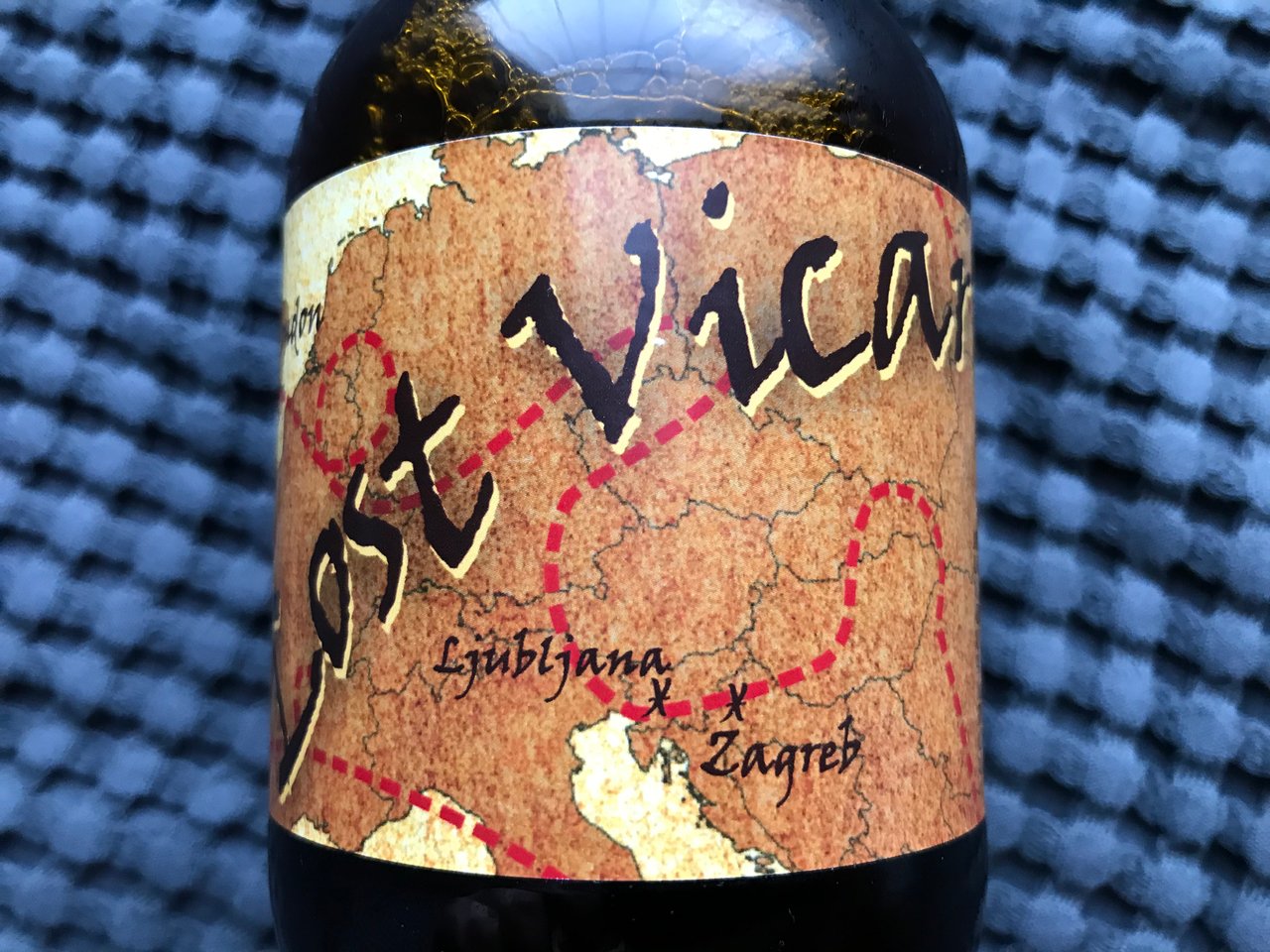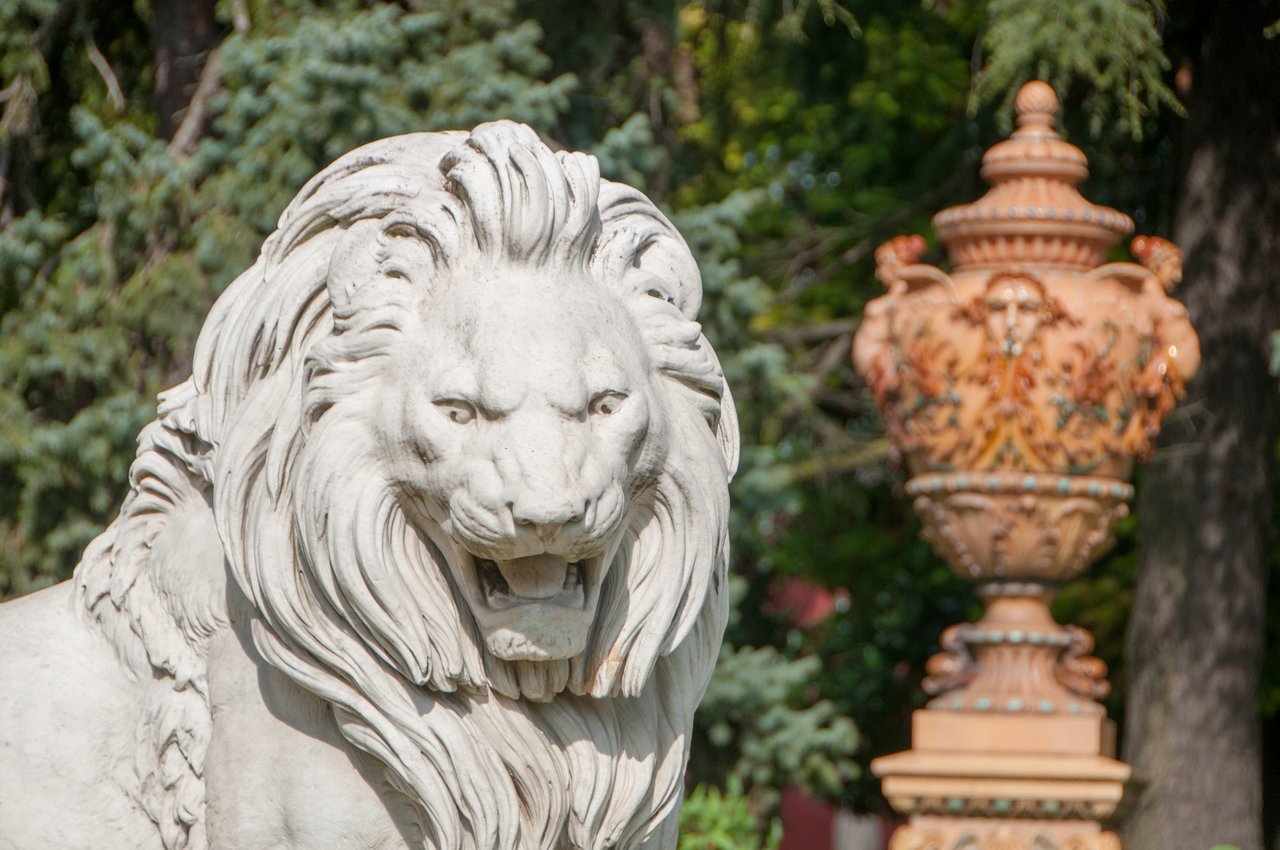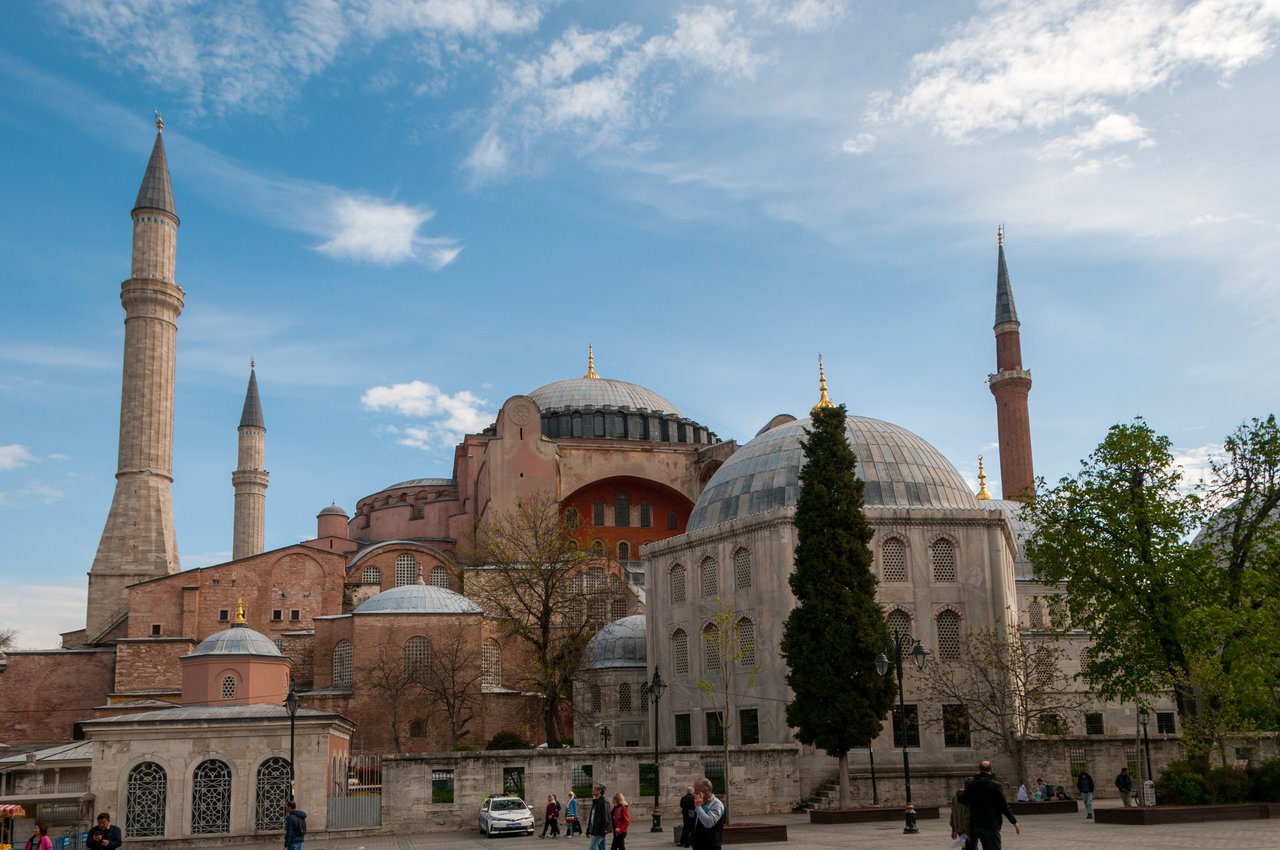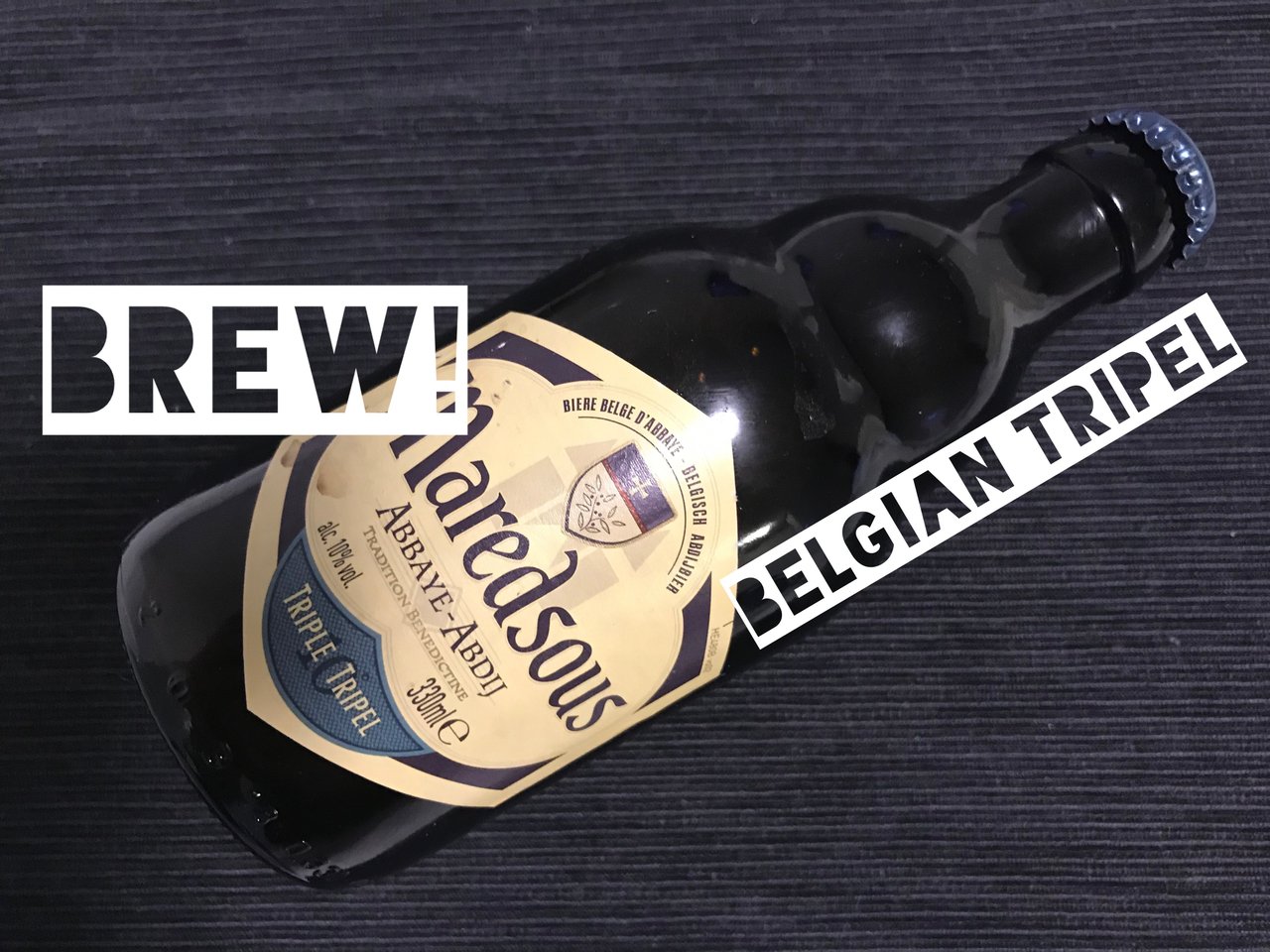
Dear Coilers, let me start it this way...
Have you ever had flu?
Have you ever been tested for flu?
Do you know anyone who was tested for flu or do you know anyone who knows anyone who was tested for flu?
Ok, now tell me how do they get data for seasonal flu infections?
How do they get data for deaths from seasonal flu?
Ok, now let’s go to Coronavirus.
People are tested for Corona and all deaths of people who were tested positive are officially Corona caused deaths, no matter were they in terminal cancer status, or heart attack patients or... literally, if you get hit by a car and were COVID positive, you go to COVID death statistics (2/6 Croatian COVID deaths are of that kind).
Even worse, COVID death rate is calculated by dividing all dead who were tested positive by cases tested positive.
Assuming that not a single person who wasn’t tested positive doesn’t have COVID.(?!)
Is it smelly? Can you feel the smell? What do you think would be seasonal flu death rate if dead would be devided with positive tested only? 10%, 20% more?... I hope you get the nonsense of the present COVID data?!
Critical thinking is the foundation of democracy and freedom! – Thomas Jefferson
One of the countries which tries to test as many people as possible is Iceland... death rate about 0,2%
As they are testing the broad populace and not only people showing symptoms, they found that half of the positively tested never actually showed any kind of symptoms. In other countries, mostly those with ongoing symptoms are being tested and those without symptoms are NOT tested.
Even China, after big testing campaign has heavily lovered the death rate from the first estimations.
Did you have logic classes in school? If you did you understand my analogy...
One more question... Has your government ever disappointed you and do you believe your government?
Why blindly believe them now?! Question illogical things! In the end you are a Homo sapiens. Or... are you?
As this is Pt.2 of the previous post, let’s go back to the...

Dr. Joel Kettner – a professor of Community Health Sciences and Surgery at Manitoba University, former Chief Public Health Officer for Manitoba province and Medical Director of the International Centre for Infectious Diseases.
”I have never seen anything like this, anything anywhere near like this. I’m not talking about the pandemic, because I’ve seen 30 of them, one every year. It is called influenza. And other respiratory illness viruses, we don’t always know what they are. But I’ve never seen this reaction, and I’m trying to understand why.”
“I worry about the message to the public, about the fear of coming into contact with people, being in the same space as people, shaking their hands, having meetings with people. I worry about many, many consequences related to that.“
“In the province of Hubei, where there has been the most cases and deaths by far, the actual number of cases reported is 1 per 1000 people and the actual rate of deaths reported is 1 per 20,000. So maybe that would help to put things into perspective.”

Dr. Yoram Lass – an Israeli physician, politician and former Director General of the Health Ministry. Also worked as Associate Dean of the Tel Aviv University Medical School and during the 1980s presented the science-based television show Tatzpit.
“Italy is known for its enormous morbidity in respiratory problems, more than three times any other European country. In the US about 40,000 people die in a regular flu season and so far 40-50 people have died of the coronavirus, most of them in a nursing home in Kirkland, Washington.”
“In every country, more people die from regular flu compared with those who die from the coronavirus.”
“…there is a very good example that we all forget: the swine flu in 2009. That was a virus that reached the world from Mexico and until today there is no vaccination against it. But what? At that time there was no Facebook or there maybe was but it was still in its infancy. The coronavirus, in contrast, is a virus with public relations.
Whoever thinks that governments end viruses is wrong.”
(Interview in Globes, March 22nd 2020)

Dr. Pietro Vernazza – a Swiss physician specialising Infectious Diseases at the Cantonal Hospital St. Gallen and Professor of Health Policy.
“We have reliable figures from Italy and a work by epidemiologists, which has been published in the renowned science journal ‹Science›, which examined the spread in China. This makes it clear that around 85 percent of all infections have occurred without anyone noticing the infection. 90 percent of the deceased patients are verifiably over 70 years old, 50 percent over 80 years.”
“In Italy, one in ten people diagnosed die, according to the findings of the Science publication, that is statistically one of every 1,000 people infected. Each individual case is tragic, but often – similar to the flu season – it affects people who are at the end of their lives.”
“If we close the schools, we will prevent the children from quickly becoming immune.”
”We should better integrate the scientific facts into the political decisions.”
(Interview in St. Galler Tagblatt, 22nd March 2020)

Frank Ulrich Montgomery – German radiologist, former President of the German Medical Association and Deputy Chairman of the World Medical Association.
“I’m not a fan of lockdown. Anyone who imposes something like this must also say when and how to pick it up again. Since we have to assume that the virus will be with us for a long time, I wonder when we will return to normal? You can’t keep schools and daycare centers closed until the end of the year. Because it will take at least that long until we have a vaccine. Italy has imposed a lockdown and has the opposite effect. They quickly reached their capacity limits, but did not slow down the virus spread within the lockdown.”
(Interview in General Anzeiger, 18th March 2020)

Prof. Hendrik Streeck – a German HIV researcher, epidemiologist and clinical trialist. He is professor of virology, and the director of the Institute of Virology and HIV Research, at Bonn University.
“The new pathogen is not that dangerous, it is even less dangerous than Sars-1. The special thing is that Sars-CoV-2 replicates in the upper throat area and is therefore much more infectious because the virus jumps from throat to throat, so to speak. But that is also an advantage: Because Sars-1 replicates in the deep lungs, it is not so infectious, but it definitely gets on the lungs, which makes it more dangerous.”
“You also have to take into account that the Sars-CoV-2 deaths in Germany were exclusively old people. In Heinsberg, for example, a 78-year-old man with previous illnesses died of heart failure, and that without Sars-2 lung involvement. Since he was infected, he naturally appears in the Covid 19 statistics. But the question is whether he would not have died anyway, even without Sars-2.”
(Interview in Frankfurter Allgemeine, 16th March 2020)

Dr. Yanis Roussel (et. al.)– a team of researchers from the Institut Hospitalo-universitaire Méditerranée Infection, Marseille and the Institut de Recherche pour le Développement, Assistance Publique-Hôpitaux de Marseille, conducting a peer-reviewed study on Coronavirus mortality for the government of France under the ‘Investments for the Future’ programme.
“The problem of SARS-CoV-2 is probably overestimated, as 2.6 million people die of respiratory infections each year compared with less than 4000 deaths for SARS-CoV-2 at the time of writing.”
“This study compared the mortality rate of SARS-CoV-2 in OECD countries (1.3%) with the mortality rate of common coronaviruses identified in AP-HM patients (0.8%) from 1 January 2013 to 2 March 2020. Chi-squared test was performed, and the P-value was 0.11 (not significant).”
“…it should be noted that systematic studies of other coronaviruses (but not yet for SARS-CoV-2) have found that the percentage of asymptomatic carriers is equal to or even higher than the percentage of symptomatic patients. The same data for SARS-CoV-2 may soon be available, which will further reduce the relative risk associated with this specific pathology.”
(“SARS-CoV-2: fear versus data”, International Journal of Antimicrobial Agents, 19th March 2020)

Michael T. Osterholm – a regents professor and director of the Center for Infectious Disease Research and Policy at the University of Minnesota.
”Consider the effect of shutting down offices, schools, transportation systems, restaurants, hotels, stores, theaters, concert halls, sporting events and other venues indefinitely and leaving all of their workers unemployed and on the public dole. The likely result would be not just a depression but a complete economic breakdown, with countless permanently lost jobs, long before a vaccine is ready or natural immunity takes hold.”
”The best alternative will probably entail letting those at low risk for serious disease continue to work, keep business and manufacturing operating, and “run” society, while at the same time advising higher-risk individuals to protect themselves through physical distancing and ramping up our health-care capacity as aggressively as possible. With this battle plan, we could gradually build up immunity without destroying the financial structure on which our lives are based.”
(“Facing covid-19 reality: A national lockdown is no cure”, Washington Post 21st March 2020)

 Brew! – Quadrupel
Brew! – Quadrupel



























































